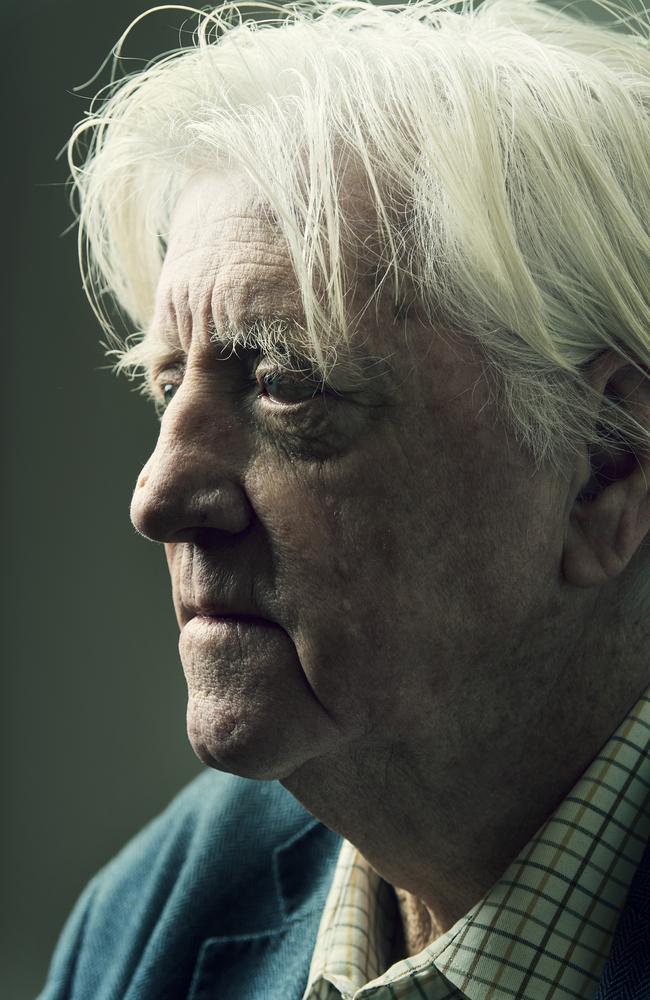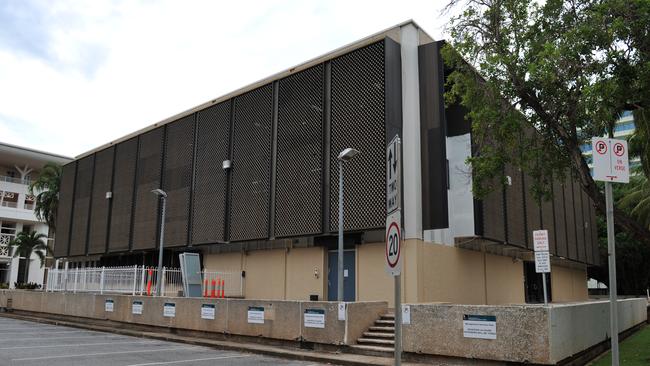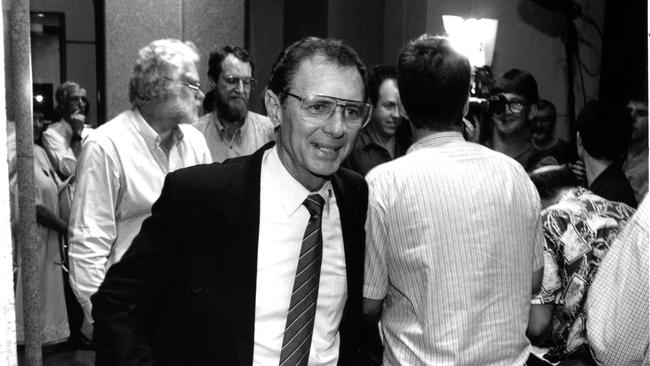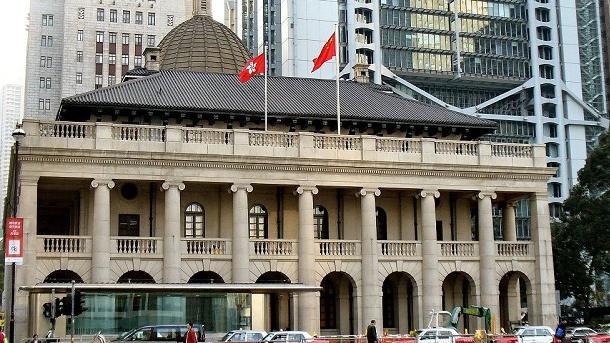Warren Anderson recalls the battle for the NT’s iconic Parliament House
As two of the Territory’s finest buildings turn 30, the man responsible for their construction recalls how they came about. Read Warren Anderson’s story.
Business
Don't miss out on the headlines from Business. Followed categories will be added to My News.
The man whose vision built the Territory’s fabulous Parliament House says the landmark building would have looked significantly different had he got his way.
Developer Warren Anderson built parliament – often referred to as the wedding cake – and its non-identical twin, the Supreme Court, which celebrate their 30th anniversaries this year.
Mr Anderson approached former chief minister Steve Hatton in the 1980s about developing much-needed civic buildings in the Territory after buying Tipperary Station from former car salesman Sir Frederick Sutton.
The colourful developer made a compelling pitch to Mr Hatton about why a stand-alone parliament building and civic precinct was needed.

In the purchase Anderson secured a block of land in the CBD on the corner of Mitchell and Knuckey streets where Sutton motors used to be.
The Territory’s parliament building was located in the old commonwealth-designed Chan Building at the time which, discussing the project with this masthead, Warren Anderson described as “a transportable”.

“I went to see Steve Hatton because the government was all in transportable houses at the time,” Anderson said.
“I said to Steve, if you want to attract investors from overseas you have to look prosperous.
“Now all you have is transportable homes for parliament and he agreed with me.
“I said I’ve got a vacant block of land and I’ll build one for you.”
The land, adjacent to the Chan Building, had already been earmarked by town planners for a parliament precinct.
Mr Anderson contracted John Roberts from Multiplex to construct the $110m NT super-project as Marshall Perron replaced Steve Hatton as chief minister.

Backed by the commonwealth, the project cost eventually blew out to about $150m because Mr Perron insisted on local construction crews, resulting in legal action by Roberts, and the original design was tooled with.
“Roberts was bringing up contractors from Adelaide and Perth because the subcontractors in Darwin weren’t capable of pulling something off that size,” Mr Anderson said.
“But when the government broke the contract with John Roberts he went to town on them, but Marshall stuck to his guns and kept the local contractors.”
The Supreme Court was built as Mr Anderson had discussed with architects Meldrum Burrows, but he had a completely different vision in mind for the parliament building before Territory government architects got involved.

While acknowledging the dual-development was a crowning moment in a long and diverse career, Anderson would have preferred a fulfilment of his original design, which was modelled on the old Hong Kong parliament building.
“I don’t build flat-roofed buildings. I think they look nasty,” he said
“It is a grand building though, I’ll give them credit where it’s due.
“It turned out to be one of the great buildings and so is the Supreme Court.
“I reckon it’s the envy of every parliament in the country.”
Mr Anderson said the building was designed to last 300 years and with the potential for the library to be converted to a second chamber in the unlikely event the Territory gets an upper-house.





